Culture is more than just a set of customs or traditions; it is the very essence of our way of life. It encompasses the daily activities, beliefs, and behaviors that define a community or a society. As we traverse the globe, we encounter a kaleidoscope of cultures, each with its unique nuances and expressions. From the foods we eat to the clothes we wear, from the rituals we observe to the language we speak, culture permeates every aspect of human existence. It is the invisible thread that binds us to our past and shapes our future. Yet, understanding another’s culture is not always straightforward. While behaviors may offer glimpses into the values and attitudes that underpin a particular culture, they often only scratch the surface (Haghirian). True cultural understanding requires empathy, curiosity, and an openness to learning from others. In essence, culture is a tapestry woven from the threads of tradition, history, and shared experiences. It is both a reflection of who we are and a roadmap for where we are headed. And though its intricacies may sometimes elude us, its importance in shaping our identities and fostering connections with others is undeniable.
Cultural Sensitivity
Cultural Sensitivity is a multifaceted concept that underscores the importance of comprehending, valuing, and accommodating the rich tapestry of cultural norms, beliefs, and customs that characterize diverse societies and communities. It serves as a cornerstone in the realm of Diplomacy, facilitating effective communication and fostering mutual understanding across cultural divides. Central to the practice of cultural sensitivity is the acquisition of knowledge about the customs and traditions of others. This involves not only familiarizing oneself with the values and traditions of different cultures but also discerning the nuances of behavior and attitudes exhibited by individuals from those cultures. In today’s interconnected world, where interactions with people from varied cultural backgrounds are commonplace, the ability to adapt and adjust to diverse cultural settings is paramount for achieving personal and professional objectives. Nowhere is the significance of cultural sensitivity more pronounced than in diplomatic contexts. In diplomatic engagements, a lapse in cultural awareness can precipitate misunderstandings, jeopardize relationships, and even escalate tensions between nations or communities. Therefore, cultivating a deep-seated respect for the cultural heritage of others and endeavoring to comprehend the historical and social underpinnings of their practices is imperative. By embracing cultural sensitivity, individuals can bridge divides, forge meaningful connections, and foster harmonious relations in an increasingly globalized world. Through a commitment to understanding and appreciating cultural diversity, we not only enrich our own perspectives but also contribute to the promotion of mutual respect, cooperation, and peace among nations and peoples.
Diplomatic Communication
Diplomatic communication serves as the vital conduit for transmitting information across disparate entities while safeguarding the delicate fabric of relationships. It operates as a bridge spanning the chasms of culture, language, ideologies, and lifestyles, ensuring that connections endure despite the complexities inherent in human interaction. In the realm of International Relations, diplomatic communication emerges as the cornerstone of engagement at the state-to-state level. It is orchestrated by a cadre of diplomats, lawmakers, bureaucrats, and private entities, each wielding their expertise to foster understanding and cooperation amidst divergent perspectives. Central to the art of diplomatic communication is the finesse with which information is imparted and received. It is a nuanced dance, where words are chosen meticulously to convey meaning without inciting discord. Through tactful negotiation and skilled diplomacy, parties navigate the intricate terrain of international discourse, safeguarding the delicate balance of relationships. Diplomatic communication transcends mere information exchange; it embodies the harmonious coexistence of nations, fostering mutual respect and cooperation in the face of diversity. As the lifeline of global interaction, it stands as a testament to the power of dialogue in shaping a more interconnected and prosperous world.
Significance of Cultural Sensitivity in Diplomatic Communication
The significance of cultural sensitivity in diplomatic communication cannot be overstated. At the heart of effective diplomacy lies the ability to navigate and understand the intricacies of cultural settings across diverse societies and states. Diplomatic communication serves a dual purpose: to convey our ideas persuasively and to truly comprehend the perspectives of others. Yet, achieving these objectives hinges upon cultural sensitivity. Without it, meaningful exchange and mutual understanding remain elusive. Numerous scholarly works underscore the importance of cultural sensitivity in diplomatic interactions. For instance, David P. Forsythe’s seminal work, “The Cultural Dimension of International Relations,” meticulously explores how culture profoundly shapes global affairs, emphasizing the imperative of cultural sensitivity in diplomatic discourse (Forsytye). Similarly, Yasushi Watanabe’s “Handbook of Cultural Security” delves into the impact of cultural diversity on security dynamics and diplomatic relations, highlighting the pivotal role of cultural sensitivity in nurturing harmonious engagements (Watanabe’s). Moreover, Ainius Lasas’ research in “Cultural Sensitivity in International Relations” delves into the complexities arising from cultural disparities, offering diplomats invaluable strategies to enhance their cultural sensitivity proficiency (Lasas). In essence, cultural sensitivity serves as the cornerstone of effective diplomatic communication, enabling diplomats to bridge divides, foster mutual respect, and forge enduring partnerships on the global stage.
Instances from the real world underscore the critical importance of recognizing and respecting diverse cultures during the communication process. For instance, during a dinner for Queen Elizabeth, President Obama inadvertently breached royal protocol by proposing a toast while the national anthem was playing, causing cultural offense. In another case, a Russian diplomat’s derogatory remark about the Ainu people, an indigenous group in Japan, sparked protests and strained diplomatic ties between Russia and Japan. Similarly, former U.S. President Ronald Reagan’s insensitive comment about Asian ethnicities during a visit to Japan in 1983 caused outrage and damaged bilateral relations. Additionally, the publication of cartoons depicting the Prophet Muhammad in a Danish newspaper in 2005-2006 resulted in widespread protests and diplomatic fallout in Muslim-majority countries, highlighting the need for cultural sensitivity in communication.
From the above-stated examples and different literatures, it can be made clear that the importance of cultural sensitivity in diplomatic communication is paramount. Understanding and respecting cultural norms, traditions, and sensitivities are essential for effective communication and maintaining harmonious international relations. Failure to do so can lead to misunderstandings, offense, and even diplomatic crises. Therefore, diplomats, leaders, and individuals engaging in cross-cultural communication must prioritize cultural sensitivity as a fundamental aspect of their interactions, fostering mutual respect and understanding among diverse cultures and nations.
Practice of Cultural Sensitivity and Global Engagement: Nepal
Nepal has increasingly recognized the pivotal role of cultural sensitivity in diplomatic discourse, acknowledging the significance of tailoring communication strategies to respect and align with diverse cultural norms and values. Nepali diplomats exhibit a profound understanding of cultural nuances, integrating formal language and gestures of respect when engaging with counterparts from various nations. This conscientious approach ensures that diplomatic exchanges are conducted with clarity and appropriateness, fostering effective communication channels. Moreover, Nepal has proactively engaged in cultural exchange initiatives aimed at enhancing global appreciation and understanding of its rich cultural heritage. Through hosting cultural events, showcasing traditional arts and crafts, and organizing festivals, Nepal endeavors to promote cross-cultural dialogue and appreciation among nations. Diplomats and officials undergo training in cultural sensitivity and cross-cultural communication techniques, equipping them with the skills necessary to navigate interactions with individuals from diverse backgrounds adeptly. In the realm of diplomatic negotiations, Nepal prioritizes the identification and promotion of shared values and common goals as a means to foster rapport and strengthen relationships with other countries. This strategic emphasis on shared cultural connections serves to bridge disparities and cultivate mutual understanding, laying the foundation for robust diplomatic ties.
Nepal leverages cultural diplomacy as a powerful tool to bolster its international reputation and cultivate positive relationships with other nations. This encompasses sponsoring cultural events, facilitating artistic exchanges, and promoting Nepali cuisine and tourism on the global stage. By showcasing its cultural richness and diversity, Nepal seeks to forge enduring bonds of friendship and cooperation with countries worldwide. One illustrative example of Nepal’s cultural sensitivity in diplomatic engagements is evident in its negotiations with China. Nepali diplomats adeptly navigate the intricacies of Chinese cultural values, adjusting their communication styles and strategies accordingly to facilitate constructive dialogue and achieve mutually beneficial outcomes. In essence, Nepal’s diplomatic endeavors underscore a commitment to building bridges across cultures, fostering mutual respect, and nurturing diplomatic alliances that transcend geographical boundaries. Through a nuanced understanding of cultural sensitivity, Nepal endeavors to shape a world characterized by harmony, understanding, and cooperation. Nepal’s foreign policy framework, as outlined in its Constitution and guiding principles, demonstrates a nuanced approach to addressing the issue of cultural sensitivity. By emphasizing principles such as mutual respect, non-interference, and cooperation for mutual benefit, Nepal actively acknowledges the importance of respecting diverse cultural backgrounds and sovereignty of nations.
The commitment to non-aggression and peaceful dispute resolution further underscores Nepal’s dedication to fostering cultural sensitivity in its international engagements. Additionally, the incorporation of principles like the Charter of the United Nations and Panchasheel reflects Nepal’s recognition of global norms and traditional values, contributing to a diplomatic environment that values cultural understanding and harmony. Furthermore, the directive to conduct an independent foreign policy based on mutual interest and equality signifies Nepal’s commitment to engaging with other nations in a culturally sensitive and respectful manner, ensuring that its actions align with the diverse perspectives and interests of different cultures. Overall, Nepal’s foreign policy approach reflects a thoughtful consideration of cultural sensitivity, promoting mutual understanding and cooperation on the global stage.
Nepal’s commendable dedication to cultural sensitivity and global engagement faces several formidable challenges. Chief among these is the vast diversity of cultures and norms encountered in the international arena. Despite efforts to train diplomats in cross-cultural communication, comprehending the intricacies of each culture proves daunting, potentially leading to misunderstandings. Logistical obstacles further complicate cultural exchange initiatives, including securing funding and coordinating events across politically tense or logistically challenging regions. Prioritizing shared values in diplomatic negotiations amidst cultural differences requires careful negotiation and compromise, while the risk of cultural homogenization in the face of globalization necessitates a delicate balance between promoting Nepali culture and respecting the autonomy of other nations. Language barriers also pose significant hurdles, with translations and interpretations requiring meticulous execution to avoid misunderstandings. Furthermore, diplomats often overlook the pervasive influence of culture in communication, leading to biased understandings and a lack of inclusivity. Addressing these challenges requires a concerted effort to promote diversity and inclusivity in diplomatic discourse.
Navigating the Path to Cultural Sensitivity in Diplomatic Communications
Cultural sensitivity in diplomatic communications is not merely an inherent trait; rather, it is a journey requiring intentional effort and understanding. Drawing from Bennett’s Developmental Model of Intercultural Sensitivity, this process unfolds through distinct stages, each demanding awareness, appreciation, and adaptation (Milton J. Bennett). At the outset, individuals may find themselves in a state of Denial, where cultural disparities go unrecognized or overlooked. This initial phase gives way to Threat, where differences are perceived as challenges rather than opportunities. Progressing further, individuals may enter the stage of Minimization, acknowledging superficial distinctions while clinging to the notion of universal similarities.
Advancement towards cultural sensitivity occurs with Acceptance, wherein individuals begin to value and seek to understand cultural diversity. This transition paves the way for Adaptation, where flexibility and a willingness to adjust communication styles and decision-making processes become paramount. Finally, Integration emerges as the ultimate goal, where individuals seamlessly weave together multiple cultural perspectives into their interactions.
To attain the pinnacle of integration in diplomatic communications, diplomats must embark on a journey of self-awareness and cultural learning. They must actively engage in understanding the significance of cultural diversity, appreciating both commonalities and distinctions among cultures. Through continuous efforts in empathy-building and bridge-building, diplomats can navigate diverse cultural landscapes adeptly, fostering meaningful cross-cultural collaborations.
To achieve the integration stage in diplomatic communications, one must traverse several layers of cultural sensitivity, each pivotal in fostering effective cross-cultural interactions. Initially, individuals must grasp the breadth and depth of cultural diversity and recognize its profound significance. This awareness serves as the foundation upon which understanding can be built. Acknowledging and cherishing both the commonalities and distinctions among cultures is paramount. It sets the stage for embracing diversity as a source of enrichment rather than division. Subsequently, active engagement in learning about diverse cultures, their customs, and perspectives becomes imperative.
This active pursuit of knowledge cultivates mutual understanding and respect, laying the groundwork for meaningful intercultural exchanges. It is through this process that diplomats broaden their cultural competence, equipping themselves with the tools to navigate the complexities of global diplomacy. Moreover, flexibility and adaptability in communication styles, approaches, and decision-making processes are indispensable. Diplomats must possess the agility to accommodate cultural nuances, recognizing that effective communication transcends language barriers to resonate on a deeper cultural level. Finally, integration is attained when individuals adeptly navigate diverse cultural landscapes, bridging divides and fostering genuine cross-cultural collaborations. At this stage, diplomats seamlessly traverse cultural boundaries, leveraging their understanding to forge connections and cultivate cooperation.
Thus, Bennett’s Developmental Model of Intercultural Sensitivity serves as a comprehensive framework that delineates the progressive journey individuals undertake towards cultural competence in diplomatic communications. Comprising six distinct stages, from ethnocentrism to ethno relativism, this model offers a roadmap for understanding the evolution of cultural awareness and acceptance. Each stage marks a pivotal shift in perception, from denial and threat to integration and appreciation of cultural diversity. As individuals traverse these stages, they cultivate essential qualities of empathy, openness, and self-reflection, vital for effective cross-cultural engagement. The model underscores the significance of continuous learning and adaptation, highlighting the need for diplomats to embrace cultural differences as opportunities for enrichment rather than obstacles. By internalizing the principles of Bennett’s model, diplomats can enhance their ability to navigate complex cultural landscapes, fostering genuine understanding and cooperation across diverse contexts. Ultimately, this model serves as a guiding beacon for diplomats seeking to transcend cultural barriers and foster meaningful connections in the realm of global diplomacy.
Likewise, in-awareness cultural approach can be applied in diplomatic communication for being culturally sensitive (Hall). In this approach first of all comprehensive Country Profiles is developed. This helps to understand culture, society, and politics, historical contexts, governmental structures of each country involved in communication. Subsequently, we delve into Cultural Profiles, focusing on the unique cultural aspects and values of each locale. This entails examining whether individuals prioritize collective or individual interests, their perceptions of power dynamics, and their preferred modes of communication. Lastly, we analyze Communication Profiles to comprehend how communication varies across cultures. This entails examining conversational preferences, cultural norms of politeness, and the underlying assumptions shaped by cultural contexts. By grasping these communication styles, diplomats PR can mitigate misunderstandings and foster more effective communication. This methodological framework facilitates improved cross-cultural communication for fostering trust-building and the creation of messages that resonate universally.
Conclusion
It is unthinkable to understate the significance of cultural sensitivity in diplomatic communication in the complex web of cultural variation that exists today between nations in the globalized world. This tactfulness acts as a guide, directing diplomats toward significant relationships and productive cross-cultural cooperation. Respecting and understanding one another’s cultural backgrounds is not just a matter of diplomacy; rather, it is essential to promoting cooperation, mutual respect, and eventually international peace. Human identity is rooted in culture, which also shapes how we view and engage with the outside world. It embodies shared history, values, and goals in addition to rituals and traditions. Genuine comprehension of a different culture necessitates curiosity, empathy, and openness to learning. Therefore, cultural sensitivity is essential for opening doors of understanding, filling gaps, and fostering relationships based on respect for one another. Nepal is a prime example of diplomatic interaction that is sensitive to cultural differences.
Nepali diplomats have made significant global links by actively working to respect and celebrate various cultural traditions. However, there are some obstacles to overcome on the path to cultural sensitivity in diplomatic communication, such as logistical problems and language barriers. Diplomats can, however, successfully overcome these obstacles by utilizing frameworks like Bennett’s Developmental Model of Intercultural Sensitivity and in-awareness cultural approach. A more inclusive and peaceful world can be achieved by diplomats by placing a high priority on cultural sensitivity and understanding. Through emphasizing cultural sensitivity in diplomatic correspondence, we can strive for a global community marked by reciprocal admiration, comprehension, and collaboration.
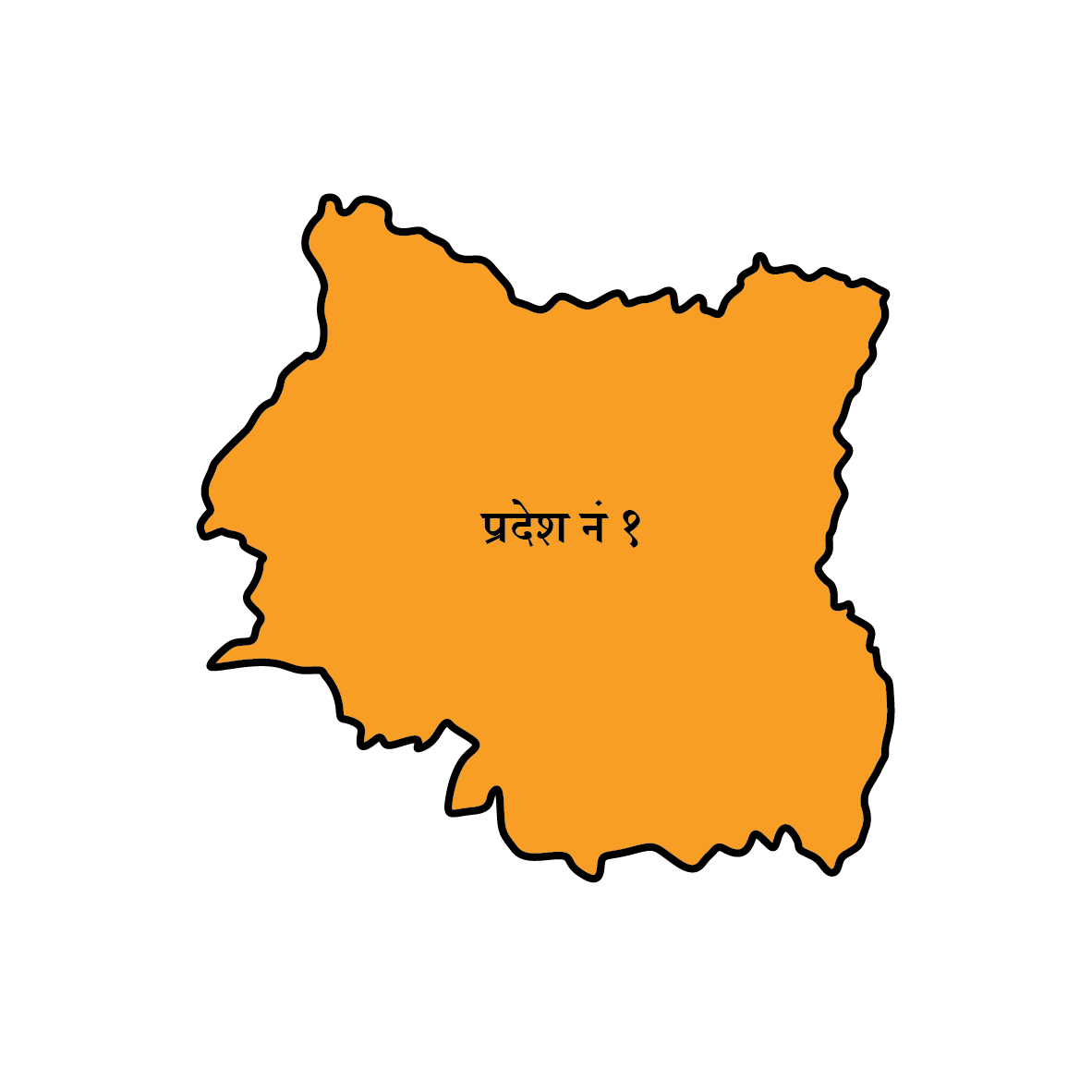 कोशी प्रदेश
कोशी प्रदेश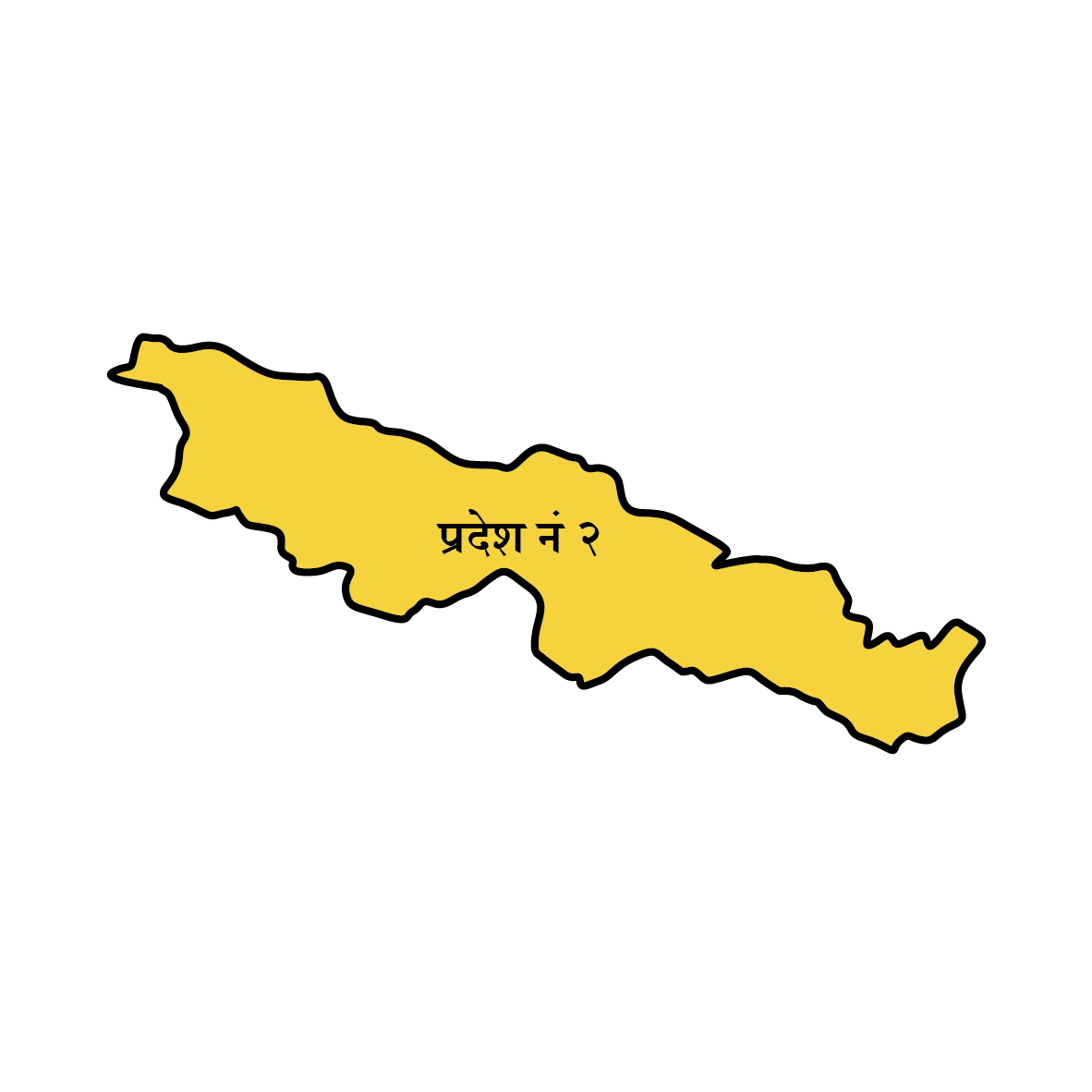 मधेश प्रदेश
मधेश प्रदेश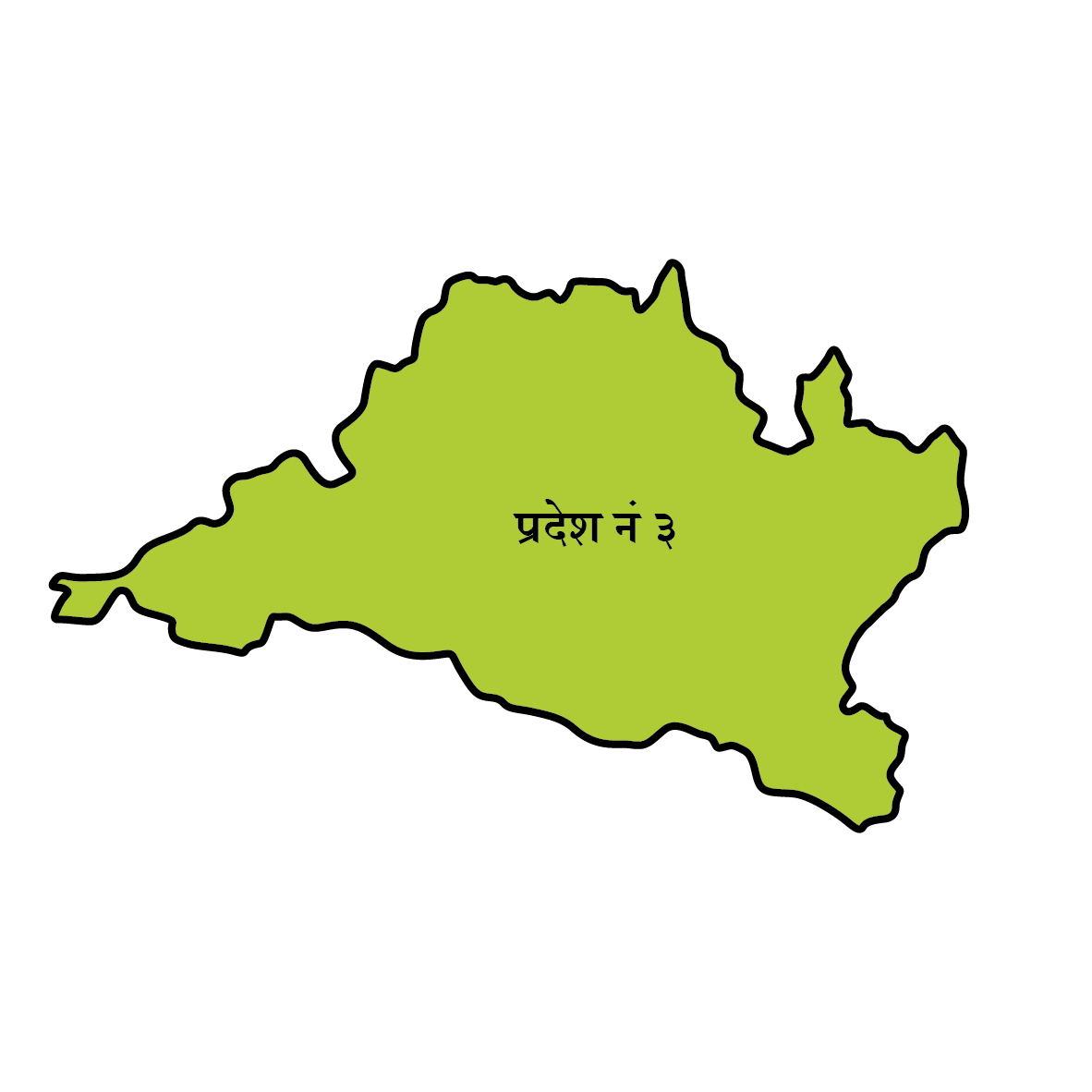 बागमती
बागमती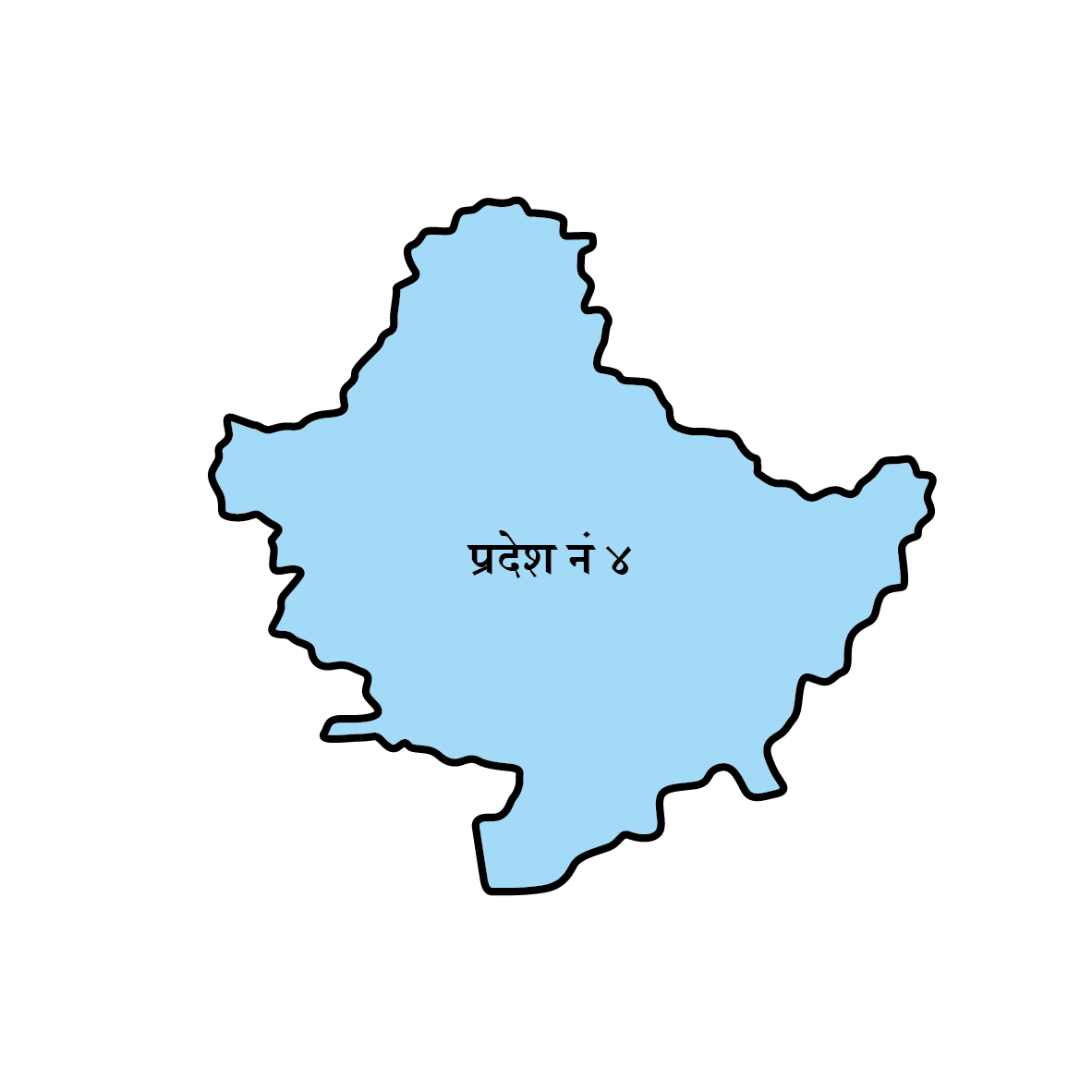 गण्डकी
गण्डकी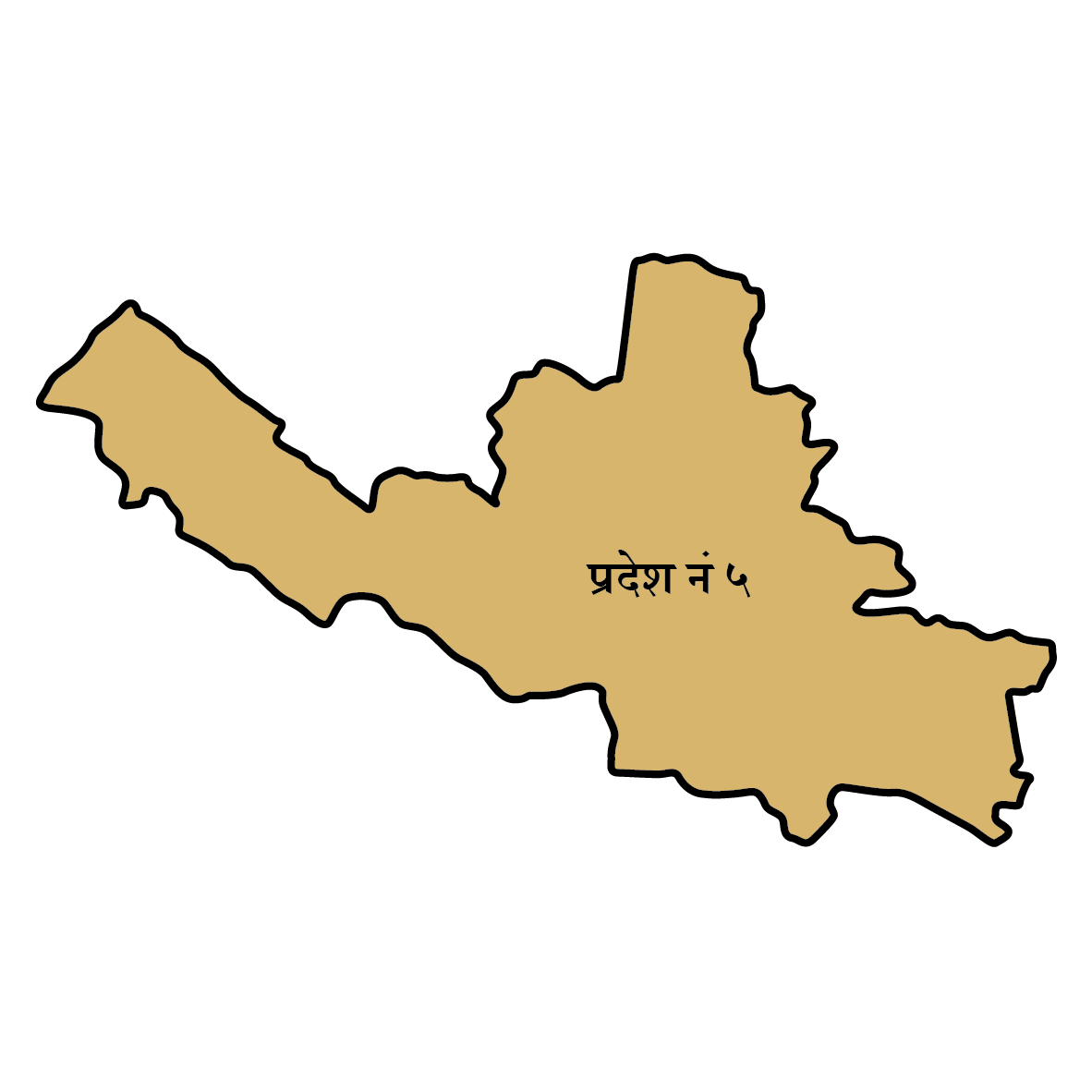 लुम्बिनी
लुम्बिनी कर्णाली
कर्णाली  सुदूरपश्चिम
सुदूरपश्चिम
















